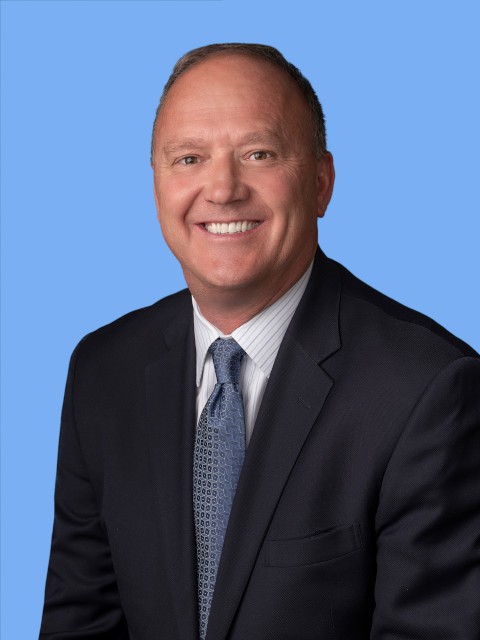Stay ahead of the latest regulatory shifts and healthcare breaking news with Headlines from the Hill.
In this month’s edition you will find:
- Rural Health Transformation Program: CMS issues Notice of Funding Opportunity.
- The Rural Hospital Stabilization Program: 8 hospitals selected.
- Nurse workforce: Legislation proposed to review certain grants.
Rural Health Transformation Program: CMS issues Notice of Funding Opportunity.
The Center’s for Medicare and Medicaid Services (CMS) issued its Notice of Funding Opportunity (NOFO) for the Rural Health Transformation Program.
The NOFO highlights that CMS wants states to focus on the following five strategic goals:
-
-
- Make rural America healthy again: Support rural health innovations and new access points to promote preventative health and address root causes of diseases. Projects will use evidence-based, outcomes-driven interventions to improve disease prevention, chronic disease management, behavioral health, and prenatal care.
-
-
-
- Sustainable access: Help rural providers become long-term access points for care by improving efficiency and sustainability. With RHT Program support, rural facilities work together—or with high-quality regional systems—to share or coordinate operations, technology, primary and specialty care, and emergency services.
-
-
-
- Workforce development: Attract and retain a high-skilled health care workforce by strengthening recruitment and retention of healthcare providers in rural communities. Help rural providers practice at the top of their license and develop a broader set of providers to serve a rural community’s needs, such as community health workers, pharmacists, and individuals trained to help patients navigate the healthcare system.
-
-
-
- Innovative care: Spark the growth of innovative care models to improve health outcomes, coordinate care, and promote flexible care arrangements. Develop and implement payment mechanisms incentivizing providers or Accountable Care Organizations (ACOs) to reduce health care costs, improve quality of care, and shift care to lower cost settings.
-
-
-
- Tech innovation: Foster use of innovative technologies that promote efficient care delivery, data security, and access to digital health tools by rural facilities, providers, and patients. Projects support access to remote care, improve data sharing, strengthen cybersecurity, and invest in emerging technologies.
-
The deadline for states to apply is Nov. 5, 2025. There is only one opportunity to apply for funding and one application period for this program. CMS will announce awardees by Dec. 31, 2025, and will partner with states over the program period to ensure strong oversight and successful implementation of initiatives with lasting impact.
The Rural Hospital Stabilization Program: 8 hospitals selected.
Eight hospitals have been selected to participate in the first cohort of the Rural Hospital Stabilization Program (RHSP), a new federal initiative designed to provide in-depth technical assistance to rural hospitals.
The program, which is supported with close to $4 million in funding by the Health Resources and Services Administration’s (HRSA) Federal Office of Rural Health Policy and administered by National Rural Health Resource Center, will provide hospitals with assessments of financial and operational performance, recommend options for filling identified care gaps and guide them as they grow targeted services. A combination of education and coaching from a Center-led team of experts, along with funding to support tools and innovation towards service line growth, are designed to allow hospitals to bolster patient volume, better align services with the needs of the community and improve cash flow.
The goal of the program — which is expected to take hospitals 18 to 24 months to complete — is to strengthen rural healthcare delivery nationwide by improving hospital financial stability. The purpose of this program is to improve healthcare in rural areas by providing in-depth technical assistance (TA) to rural hospitals to enhance and/or expand service lines to meet local need and keep healthcare services available locally. Service lines may include, but are not limited to pulmonary rehabilitation, infusion/chemotherapy, inpatient psychiatric services, outpatient behavioral health services, obstetric services, cardiac rehabilitation, and expanded primary care.
Nurse workforce: Legislation proposed to review certain grants.
U.S. Representative Zach Nunn (R-IA) proposed a new bipartisan bill to assist with the nursing shortage.
The Train More Nurses Act incentivizes the federal government to provide grant funding to nurse higher education and end the shortage of clinical practitioners and nurses. According to Rep. Nunn, nearly 100,000 students in nursing programs were turned away from enrollment due to staffing shortages nationwide. Reviewing the bill text, the proposed legislation directs HHS and the Department of Labor to conduct a review of current nursing workforce grant programs and provide recommendations to Congress on how those programs could be improved. The bill does not create new grant programs or change existing criteria, but as they review and request potential improvements, if there are for-profit eligibility restraints in any of the grants reviewed, we will advocate, as an improvement, to change that requirement.


